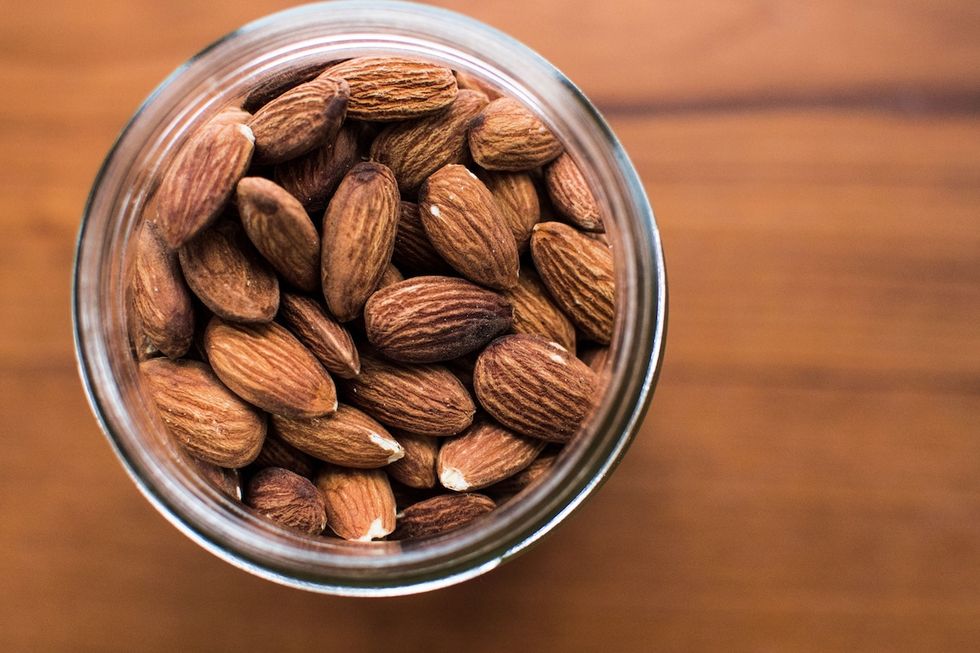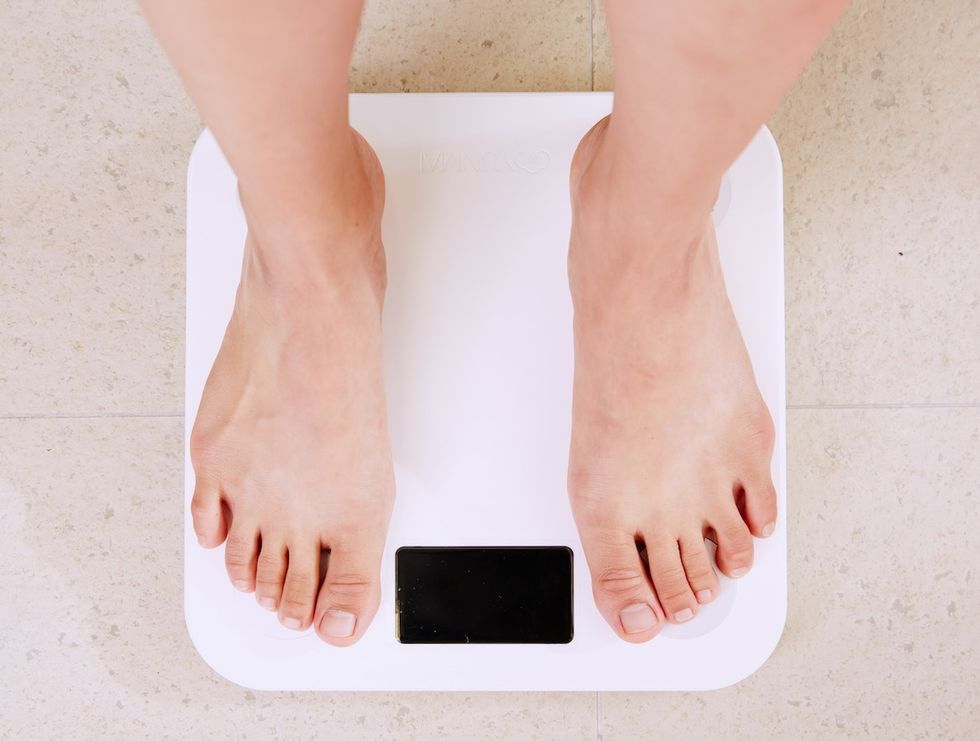Is the Ketogenic Diet Safe for Dancers?
Although the ketogenic diet has been around since the 1920s as an epilepsy treatment for children, it’s experiencing a new wave of popularity. Thanks in part to social media, where “healthy” keto-friendly recipe videos are going viral, the high-fat, low-carbohydrate diet is gaining ground. But is it safe for dancers?
We checked in with Rachel Fine, registered dietitian nutritionist and founder of To The Pointe Nutrition, to see what eating keto means for dancers.
“Carbohydrates Are Like Gas Is to a Car.”

Carbs are the most efficient fuel source. Photo by Eaters Collective/Unsplash
“If dancers are not supplying their body with carbs,” says, Fine, “they’re not giving it the most efficient fuel source in terms of a performance standpoint and getting through the technical and physical aspects of dance.” The body also needs energy for basic functions like sleeping, walking and talking.
Fine says there’s a misconception that someone’s metabolism would drastically flip like a light switch as soon as they reduce their carbohydrate intake. Not so. “Our body is physiologically designed to burn carbohydrates.” The body has to work harder to burn fat and protein and convert it into energy.
Disrupting the Balance

Your body breaks down healthy fats, like nuts, for essential functions. Photo by Remi Yuan/Unsplash.
When fat, which breaks down into ketones, and protein, which breaks down into amino acids, are recruited for energy, their ability to do their regular jobs suffer. Fat serves many functions, like insulating the body, helping to transport vitamins, and working as an anti-inflammatory, while protein helps build and repair muscles.
Negative Effects for Dancers
Unless you’ve been advised to eat a ketogenic diet for medical reasons and are under the close supervision of a doctor and dietitian, keto is not recommended for dancers. Fine mentions a host of effects that can negatively impact your dancing:
Your Instagram Feed Is Not a Dietitian
Though you may be tempted by beautifully curated food photos promoted by celebrities or friends who want to get into shape, think twice before blindly following their advice. “I can’t tell you how many dancers I see that are going through their Instagram feeds and just learning the wrong information,” says Fine. Remember: Anyone can post a recipe and say it’s healthy, but that doesn’t mean they’re a nutrition expert. Fine warns that many keto-friendly recipes online may have high levels of saturated fats due to large amounts of butter, sour cream, whole milk and animal products. While these are okay in moderation, you should aim to incorporate heart-healthy fats, like nuts, seeds and avocado, into your diet.
It’s okay to use recipes sourced from social media as inspiration, but you may need to tweak them. Instead of filling half an avocado with an egg (as a keto-friendly dish might call for), Fine recommends stuffing the avocado with quinoa or a grain. “The bottom line is that recipes need to be balanced.”











